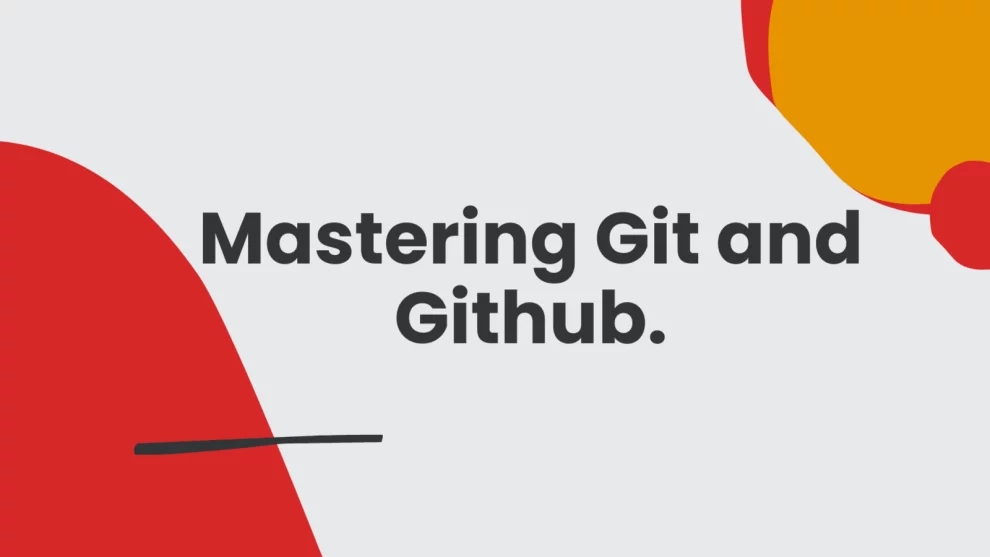In the ever-evolving landscape of software development, where code changes flow as swiftly as rivers, Git stands as an indispensable tool for managing the currents of progress. It’s a version control system that empowers developers to track code changes, collaborate effectively, and maintain a clear history of their codebase. Whether you’re a seasoned veteran or a budding programmer, mastering Git is crucial for navigating the world of software development confidently.
Delving into Git’s Inner Workings:
Repositories: Git stores code in repositories, which act as safe havens for your project’s history. Think of them as time capsules, preserving every snapshot of your code’s evolution.
Commits: Each change you make to the code is captured in a commit, like a snapshot in time. Commits store a unique identifier, message, and the exact changes made.
Branches: Git allows you to create branches, which act as independent lines of development within a repository. This enables you to experiment with new features or bug fixes without disrupting the main codebase.
Merging: When changes in a branch are ready, they’re merged back into the main branch, solidifying their place in the codebase’s history.
Key Benefits of Git:
Collaboration: Git excels at fostering teamwork. Multiple developers can work on the same codebase simultaneously, merging their contributions seamlessly.
Version Tracking: Git meticulously tracks every modification, enabling you to revert to previous versions easily, identify who made changes, and understand the evolution of your code.
Non-Linear Development: Branches empower experimentation and exploration without risking the stability of the main codebase.
Distributed Nature: Unlike centralized version control systems, Git is distributed, meaning every developer has a complete copy of the repository. This enhances collaboration and safeguards against data loss.
Essential Git Commands:
git init: Initializes a new Git repository
git clone: Creates a local copy of a remote repository
git add: Stages files for committing
git commit: Saves changes to the repository with a descriptive message
git push: Sends commits to the remote repository
git pull: Fetches and merges changes from the remote repository
git branch: Manages branches
git merge: Merges branches together
git checkout: Switches between branches or restores files to a previous state
Best Practices for Git Mastery:
Commit Frequently: Make small, focused commits with clear messages to enhance code readability and maintainability.
Branch Strategically: Use branches wisely to isolate features and bug fixes, keeping your main codebase clean and organized.
Review Before Merging: Carefully review changes before merging to prevent conflicts and ensure code quality.
Communicate Effectively: Collaborate smoothly with team members by clearly communicating branch usage and intentions.
Conclusion:
Git has become the cornerstone of modern software development, empowering developers to work efficiently, collaborate effectively, and maintain a pristine codebase. By mastering its core concepts and commands, you’ll unlock a world of version control prowess, ensuring smooth sailing through the ever-changing tides of code. Embrace Git, and you’ll navigate the waters of software development with confidence and control!













Add Comment